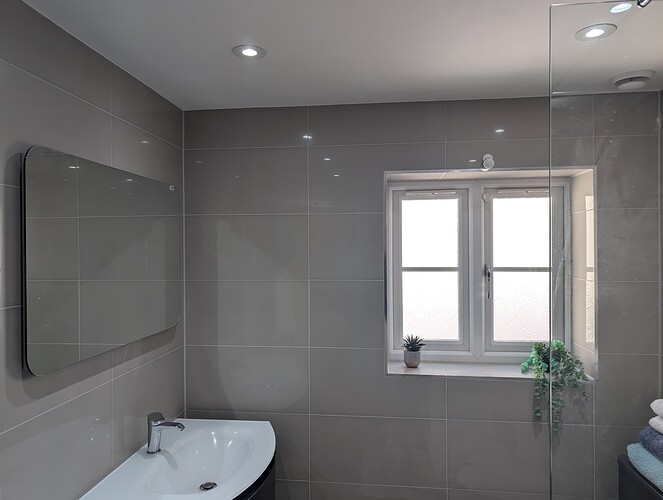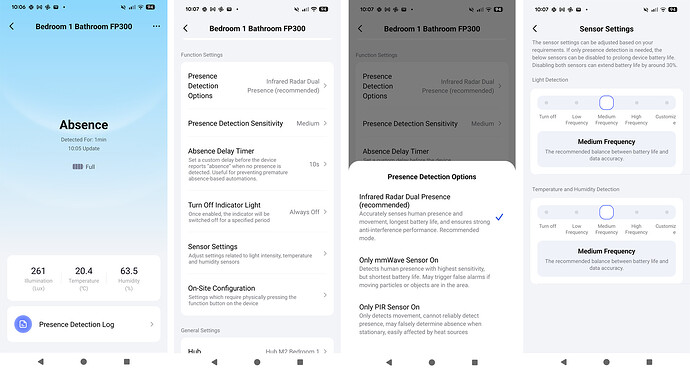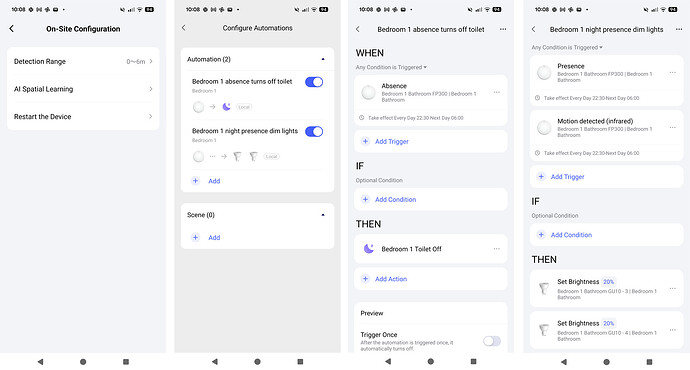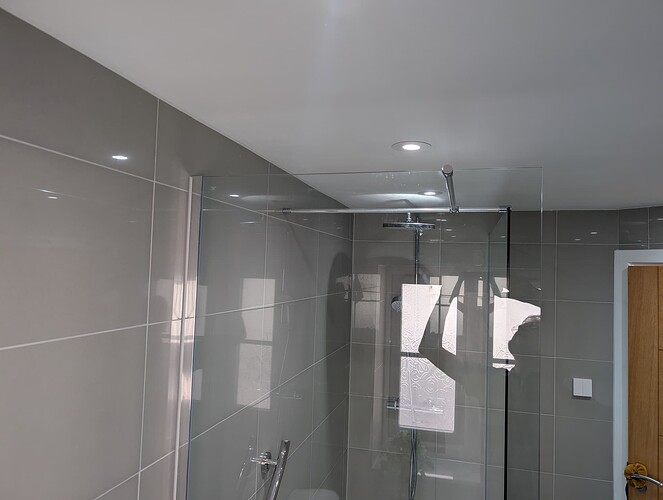Aqara FP300 Review (Beta Tester)
A promising new presence sensor that blends intelligence, precision, and portability.
The Aqara FP300 is an upcoming smart home sensor that pushes the boundaries of what a motion and presence detector can do. Unlike most alternatives on the market, the FP300 is completely battery-powered, combining motion, presence, light, temperature, and humidity sensors in a single compact unit. This versatility makes it a powerful, self-contained solution that can be placed virtually anywhere without wiring or a fixed power source.
Design and Installation
For this beta test, I installed the FP300 in my en-suite bathroom, a space that perfectly highlights its strengths. My goal was to automate the lighting — turning it on and off intelligently — while addressing a recurring issue: my partner’s late-night bathroom visits often triggered bright lights that woke me up.
I mounted the sensor high above the window, angled toward both the entrance and the shower area. This placement offered the best coverage for detecting movement and sustained presence throughout the room.
If you look just above the window you will see the sensor and just how small and compact it actually is.
Setup and Detection Performance
Configuration was straightforward using the Aqara ecosystem. After fine-tuning the detection parameters (see images below), I was immediately impressed by the speed and accuracy of the FP300’s response.
The sensor uses a dual-technology system combining PIR (Passive Infrared) and Microwave detection, resulting in instant activation when someone enters the room.
A standout capability is its ability to maintain presence detection even through a shower screen — something many sensors struggle with. During testing, the FP300 consistently detected occupancy while someone was showering, without false triggers or dropouts.
Automation Scenarios
To evaluate its reliability, I created two practical automations designed around night-time use:
- Nighttime Auto-Off
Between 22:30 and 06:00, the lights automatically turn off after 10 seconds of no presence. Outside these hours, lighting is controlled manually.
This ensures energy efficiency and prevents unnecessary light during sleep hours. - Low-Light Night Mode
Within the same time frame, only two lights are activated — one above the toilet and one above the sink — both set to 20% brightness.
This subtle illumination prevents the bathroom from lighting up “like a football stadium” at night, making late-night visits gentle on the eyes and sleep-friendly.
Real-World Performance
Over the course of testing, the FP300 has delivered flawless performance. Detection is instantaneous, presence tracking is highly reliable, and battery operation has shown no compromise in responsiveness.
Even with relatively simple automations, the device has meaningfully improved convenience and comfort in everyday use.
Conclusion
The Aqara FP300 demonstrates impressive capability for a fully battery-powered presence sensor. Its dual detection technology, multi-sensor integration, and accurate presence tracking make it an excellent addition to any smart home setup — particularly for spaces like bathrooms, hallways, or bedrooms where reliable motion detection and subtle automation are essential.
If Aqara maintains this level of performance in the final release, the FP300 could easily become one of the most versatile and user-friendly presence sensors on the market.
Images
Here is a view of the sensor parameters and my automations, please note that I use the sensor in Zigbee mode as this exposes all the sensors settings, in thread mode some sensor settings are unavailable.
Sensor placement relative to entry and shower area
A view of my shower curtain to show to my amazement that detection of a person in there is still detected.



